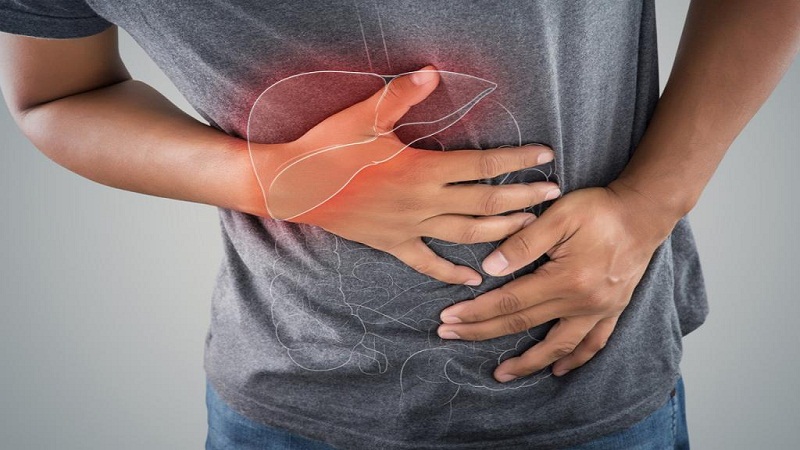Dangerous alcohol consumption is defined as the level or manner of consumption that is likely to lead to harm if drinking habits persist.
Harmful alcohol consumption is defined as the form of consumption that is associated with damage to health, either organic (such as cirrhosis of the liver) or mental (such as secondary depression following alcohol use). Based on epidemiological data linking alcohol consumption to harm, the WHO adopted as a definition for the harmful consumption of alcohol the average consumption of more than 40gr of alcohol per day in women and over 60gr for men.
Heavy episodic alcohol consumption “BINGE DRINKING”: This term includes, in addition to heavy consumption, its meaning in a single occasion or “session of use” or in the colloquial “sitting”. Use leads to intoxication. Another definition could be the consumption in at least one occasion at least 60g of alcohol.
Alcohol in the body has a multifaceted pharmacological and toxic effect and affects the functioning of many systems. Its actions depend on the density of alcohol in the blood and include:
Effect on the central nervous system
The main action of alcohol is on the central nervous system (CNS). The pharmacological action of alcohol in the CNS it is sedative and not stimulant. In fact, in large concentrations, the suppressive effect of alcohol is very obvious and resembles that of anesthetics.
The first symptoms from the CNS. occur as soon as the blood alcohol concentration exceeds 40mg% and include impaired memory and attention, mild speech disturbances, fine-tuning disorders, and decreased response to sensory stimuli. At these concentrations, mental clarity is maintained and the person does not have the sense of the effect that alcohol has on his body.
This is especially important when driving, as while the driver does not feel the effects of alcohol to follow more conservative driving, he does have a slower response to the various stimuli, which can be fatal.
The density of 40mg% can be achieved very easily in the body, e.g. by consuming 60 grams of whiskey or 200 grams of wine. At higher concentrations, there is a gradual blurring of the mind (intoxication), headaches, etc., symptoms that occur when the concentration in the blood reaches 150 – 200mg%.
At higher concentrations the picture of heavy intoxication and poisoning appears, with confusion, lethargy and coma. Death is rare due to acute poisoning and can occur from paralysis of the respiratory center, when the alcohol concentration exceeds 450 – 500mg%. Addiction and alcoholism
When there is chronic alcohol consumption, a degree of tolerance gradually develops in the body. This means that in order to achieve the same pharmacological effect in the body, higher and higher concentrations of alcohol in the blood are required. Since the purpose of alcohol consumption is precisely to provoke this pharmacological effect (joy or intoxication) its achievement presupposes increasing consumption of alcoholic beverages.
The constant increase in the degree of tolerance gradually leads to “physical dependence”, ie the manifestation of unpleasant symptoms, called “deprivation symptoms”, which occur when there are insufficient levels of alcohol in the blood. As the body needs increasing levels of alcohol, it is possible for withdrawal symptoms in some cases to occur even when the alcohol level is around 100mg%.
However, the term “alcoholism” should not be equated with the onset of physical dependence on alcohol. Alcoholism is a condition in which a person develops health, work and social problems with possible legal implications, regardless of whether or not they have developed a physical dependence on alcohol.





